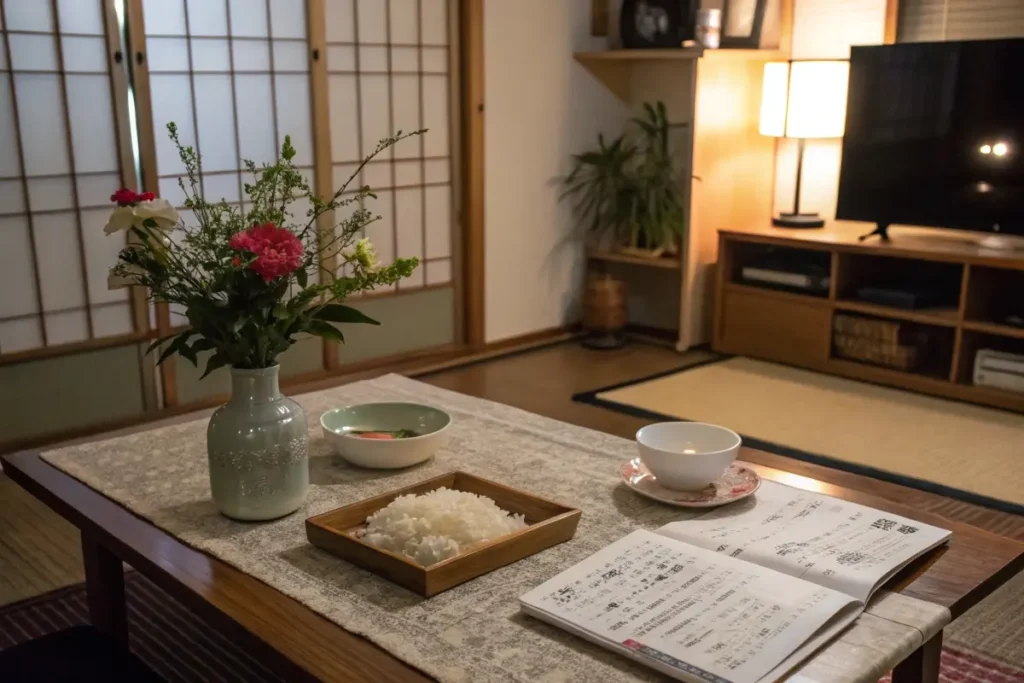The Emperor’s Birthday, celebrated as a national holiday in Japan, is a day steeped in tradition and reverence. When new emperors ascend the Chrysanthemum Throne, their birthday immediately becomes an official day off—filled with ceremony, well wishes, and a chance for citizens to reflect on national identity.
But do the japanese eat special food on emperor’s birthday ? While this holiday is more about protocol and public appearances at the Imperial Palace, many people wonder whether any particular dish or celebratory meal is customary. In this detailed exploration, we’ll answer this question and shed light on the cultural elements that define this significant day. We’ll also dive into what do Japanese do on Emperor’s birthday, what do Japanese people eat on their birthday, what does the Japanese Emperor eat, and what is the Japanese birthday rice—helping you understand how food does (and doesn’t) factor into the Emperor’s birthday celebrations.
If you’re curious about more facets of Japanese culinary culture, feel free to explore our Japanese Recipes hub for a variety of dishes you can try year-round, not just on special occasions. Let’s take a closer look at the Emperor’s birthday, from historical context to modern customs, and see how food plays a role in this national holiday.
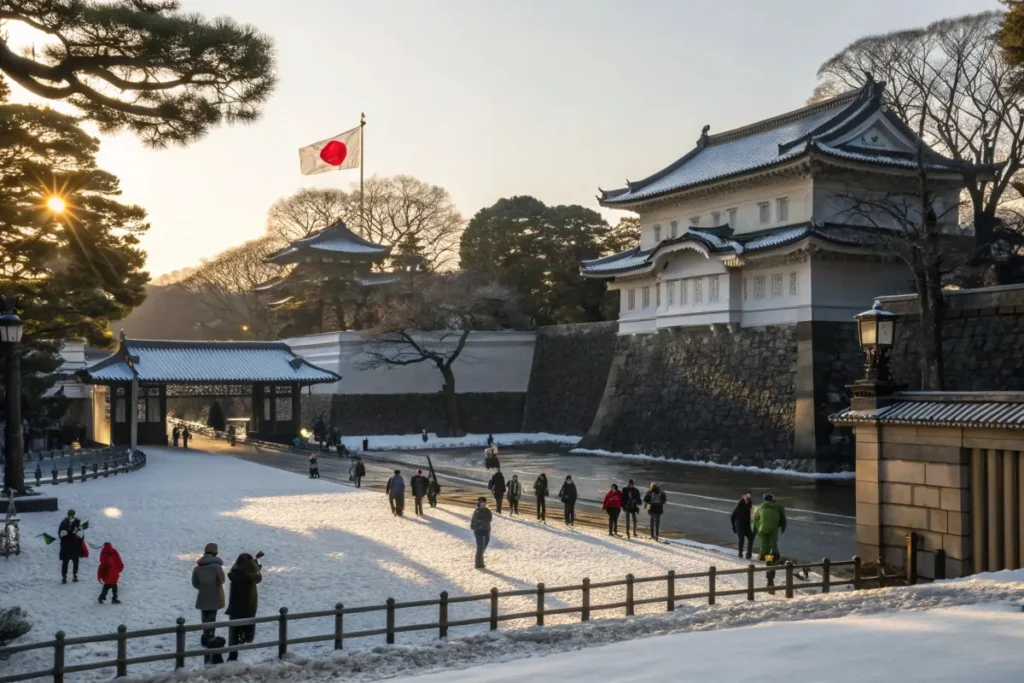
1. The Importance of the Emperor’s Birthday
Significance of the Day
The Emperor’s Birthday is one of the most important national holidays in Japan. When Emperor Naruhito ascended the throne, his birthday (February 23) replaced the previous Emperor’s birthday as the official holiday. On this day, the Imperial Palace typically opens its gates to the public—a rare occurrence—allowing well-wishers to gather and greet the Emperor. This tradition underscores the day’s main focus: a display of unity and respect for the monarchy, rather than large-scale feasts or banquets.
Imperial Ceremony and Customs
Public Appearance:
The Emperor and other royal family members appear on a balcony within the palace complex, waving to crowds who wave Hinomaru (the Japanese flag). The Emperor often gives a short speech expressing gratitude and well-wishes for the nation’s continued prosperity.
Official Receptions:
Heads of state, diplomats, and select dignitaries may attend formal receptions. These gatherings can involve carefully planned menus and toasts, yet they remain quite private, aimed at fostering international goodwill and mutual respect. For most Japanese citizens, the day involves a quiet acknowledgment of the Emperor’s role.
Family and Private Celebrations?
In many cultures, a leader’s birthday might be marked by special foods or communal gatherings. In Japan, however, the Emperor’s Birthday tends to focus on official ceremonies rather than widespread communal feasting. While some families might choose to dine out or prepare a meal at home, there’s no strict tradition of a unique dish exclusively linked to this holiday. That said, you could encounter sweet treats, confections, or symbolic dishes at more formal receptions.
Why No Specific Dish?
Historically, do the japanese eat special food on emperor’s birthday has no definitive “yes” or “no” answer. The emphasis is on national identity, the Emperor’s well-being, and prayers for the nation’s future. Since the day’s highlight is the Emperor’s public greeting at the palace, it’s not widely associated with a single, signature meal—unlike New Year’s osechi or the Emperor’s enthronement feast, which reflect more elaborate culinary traditions.
For families who do wish to celebrate with a meal, popular options might include washoku (traditional Japanese cuisine)—like sushi, simmered vegetables, or tamago kake gohan (raw egg over rice), though the latter is more everyday fare. Some also incorporate local produce or seasonal dishes reflecting the time of year, especially if the Emperor’s Birthday aligns with winter staples like hot pot or sweet potatoes. If you’re searching for more formal recipes, peruse our Steak Japanese Recipe for a fusion of elegance and Japanese flavors, though it’s not specifically tied to this holiday.
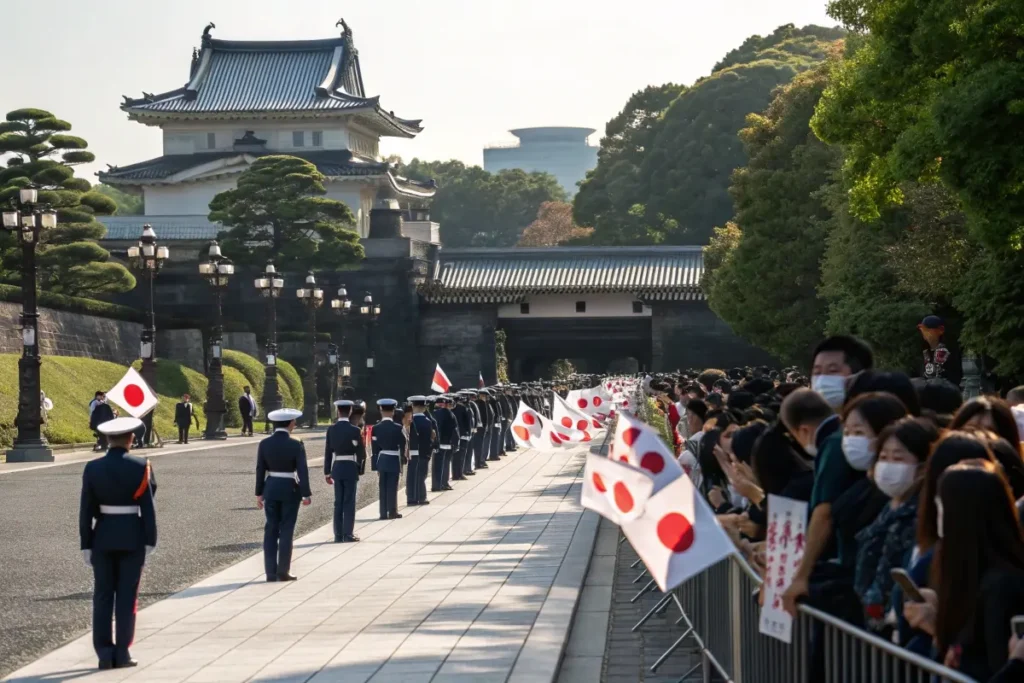
2. Do the Japanese Eat Special Food on emperor’s Birthday ?
Clarifying the Tradition
When the question arises, do the japanese eat special food on emperor’s birthday, the short answer is “not typically.” Unlike New Year’s Day (Oshogatsu), where osechi ryori plays a central role, or the Emperor’s enthronement banquets, the birthday celebration of Japan’s Emperor involves more official protocols than culinary rites. People in Japan might enjoy a day off, watch televised coverage of the Emperor’s public greeting, and reflect on the monarchy’s role—but a singular dish defining the holiday does not exist at the national level.
General Home Celebrations
- Simple Meals at Home:
Families might gather for dinner, but the menu is more about personal choice than a national custom. Some might replicate typical Japanese birthday traditions—like having a cake or local sweets. What do Japanese people eat on their birthday? They often enjoy Western-style strawberry shortcake or other popular desserts, though that’s more about individual birthdays rather than the Emperor’s. - Seasonal Dishes:
Since the Emperor’s Birthday date changes when the throne changes hands, the season can shift. For instance, Emperor Naruhito’s birthday in February falls in winter, so some families might cook hot pot or other warming fare. Still, this is entirely optional and varies by household preference.
Insights into Imperial Household Banquets
Though minimal details are publicly shared, we can infer that the Imperial Household would host official celebrations, possibly featuring high-end kaiseki dining or a refined selection of Japanese and Western dishes. However, these banquets remain exclusive, attended by dignitaries, and are not widely broadcast or documented in terms of detailed menus. What does the Japanese Emperor eat? He typically consumes a balanced, modest diet reflecting his public image, though special events might include premium local ingredients (like wagyu beef or seasonal fish).
Relationship to Other Festive Foods
Comparing the Emperor’s Birthday to other major events:
- New Year’s (Oshogatsu): Involves osechi ryori and mochi-based soups.
- Children’s Day (Kodomo no Hi): Families prepare kashiwa mochi (rice cakes with sweet bean paste) and other snacks.
- Emperor’s Birthday: Official events overshadow any culinary tradition.
Those interested in more traditional celebratory foods might reference our Traditional Japanese Desserts Recipe to incorporate sweet components into a personal Emperor’s Birthday meal at home. While nothing is mandated, these desserts can add a sense of festivity.
Symbolism vs. Gastronomy
Ultimately, the day’s focus is symbolic: celebrating the Emperor’s role as a unifier and figurehead. Food is secondary to the expressions of national pride and well-wishes for the Emperor’s health. For those seeking to commemorate the day with a meal, creativity reigns. Some may choose a Japanese curry, sushi, or a homemade cake. The absence of a rigid tradition leaves room for personal expression, merging patriotic sentiment with culinary exploration.
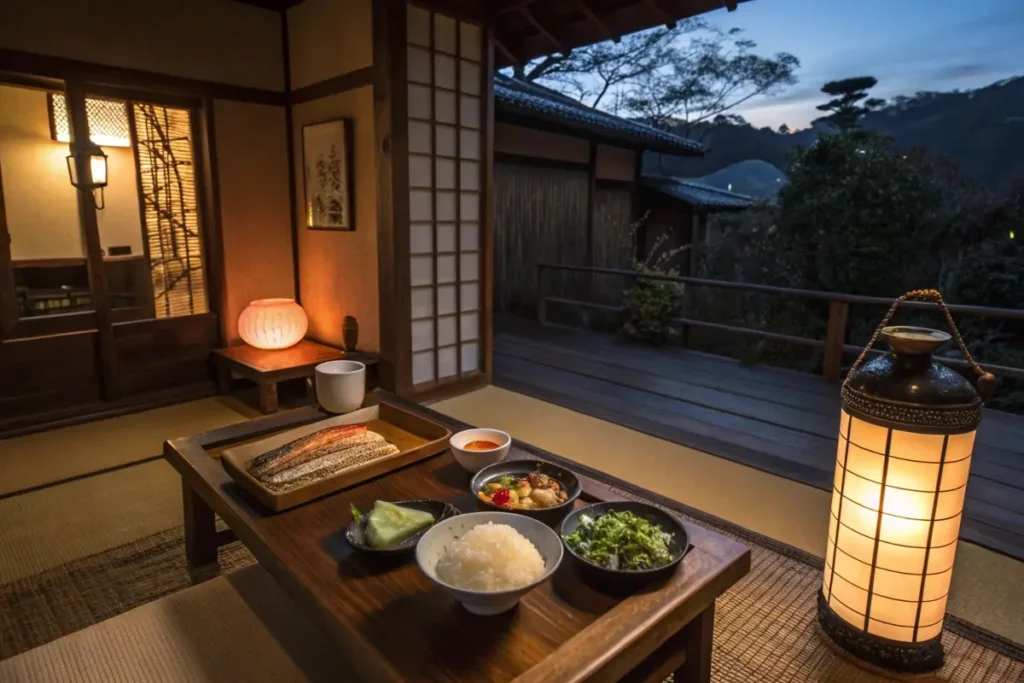
3. History/Context of the Emperor’s Birthday as a National Holiday
Shifting Dates and Historical Milestones
The Emperor’s Birthday has served as a national holiday in Japan for over a century, with its date changing upon each Emperor’s ascension. Historically, Emperor Showa (Hirohito) reigned for over six decades; his birthday (April 29) became Showa Day after his passing. Emperor Heisei (Akihito) had his birthday on December 23, which was recognized as a holiday until his abdication. Now under Emperor Naruhito, February 23 is the official day.
Ceremonies at the Imperial Palace
On this date, the palace gates open, and throngs of visitors gather to convey birthday greetings to the Emperor. The tradition typically involves:
- Emperor’s Speech: The Emperor, often alongside Empress and close family, appears briefly to acknowledge the crowd and deliver well-wishes.
- National Flags: Many in the crowd wave Japanese flags, reaffirming a sense of national unity.
- Opportunity for Citizens: Residents and tourists can sign congratulatory books or present messages to the Imperial Household, highlighting an unusual level of direct contact.
Modern Relevance
The Emperor’s Birthday remains significant because it’s one of the rare times the public can see and interact—albeit briefly—with the Emperor. Media coverage across Japan underscores the event’s importance, replaying scenes from the palace on TV and publishing special coverage in newspapers.
From Meiji to Modern Times
During Emperor Meiji’s reign, the Emperor’s Birthday symbolized Japan’s modernization and the Emperor as the uniting force of an evolving empire. In the post-World War II era, the monarchy became constitutional rather than absolute, yet the Emperor’s Birthday continued to serve as a day of national reflection and respect for the institution. Each new Emperor’s ascension and the shift in holiday date remind citizens of the monarchy’s adaptability—an ancient institution still relevant to modern democracy.
Absence of a Culinary Cornerstone
Despite the day’s cultural weight, it never developed a signature national dish akin to Easter ham in some Christian cultures or turkey at Thanksgiving in the United States. The Emperor’s Birthday is viewed more as a day of symbolic unity and monarchy appreciation than a gastronomic event. Even so, individuals remain free to celebrate how they wish, with meals often reflecting personal taste more than any broad custom.
For additional historical parallels in Japanese cuisine, consider reading our Japanese Old Fashioned Recipe—demonstrating how traditional roots can blend with contemporary influences. This interplay between old and new extends beyond beverages, finding expression in how holidays and traditions adapt over generations.
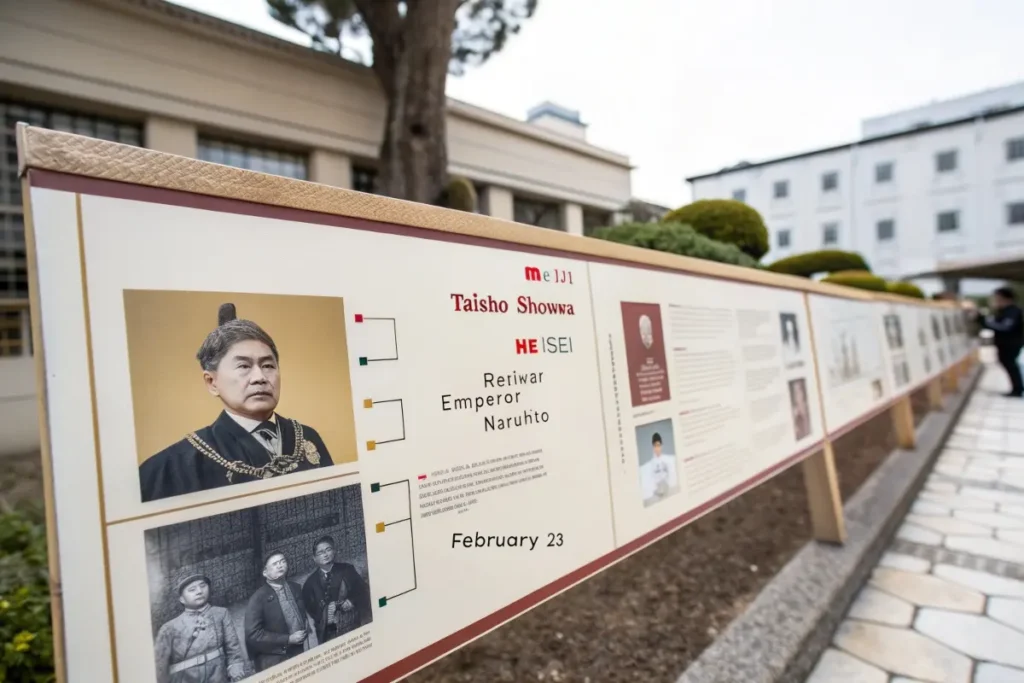
4. Practical Examples/Use Cases
As previously noted, do the japanese eat special food on emperor’s birthday doesn’t yield a single traditional dish. However, there are ways individuals choose to mark the day with culinary gestures or gatherings, often customizing the moment to personal preferences. Here are a few scenarios:
1. Home Dinner with Symbolic Touches
- Scenario: A family decides to honor the Emperor’s Birthday by hosting a small get-together.
- Implementation: They might serve a meal of washoku staples—rice, miso soup, grilled fish, or even sushi. To add a festive note, they could include a small store-bought cake or fruit plate.
- Benefit: Merges personal celebration with national pride, even if no mandated dish exists.
2. Personalized Sweets
- Scenario: Food enthusiasts want to whip up a dessert inspired by the occasion.
- Implementation: They might bake a simple sponge cake topped with fresh strawberries and whipped cream—similar to popular birthday cakes in Japan.
- Benefit: Offers a Japanese spin on typical birthday sweets without specifically tying into an official custom.
3. Group Viewing and Snacks
- Scenario: A group of friends or students decides to watch coverage of the Emperor’s official address.
- Implementation: They set up a TV or laptop, prepare finger foods like karaage (Japanese fried chicken) or onigiri (rice balls), and gather to enjoy the broadcast.
- Benefit: Fosters shared experience, encouraging casual reflection on the Emperor’s role in a modern context.
4. Expat or Enthusiast Observance
- Scenario: Non-Japanese fans of the culture want to mark the day abroad.
- Implementation: They might plan a small dinner, cooking something from Healthy Japanese Recipes and concluding with a toast to the Emperor’s health.
- Benefit: Connects them to contemporary Japanese events, bridging cultural distance through shared tradition.
For further ways to incorporate Japanese themes into your daily cooking, check out our Japanese Dessert Recipes to discover simple sweets to finish any meal on a festive note, whether it’s the Emperor’s Birthday or just a regular weekend gathering.
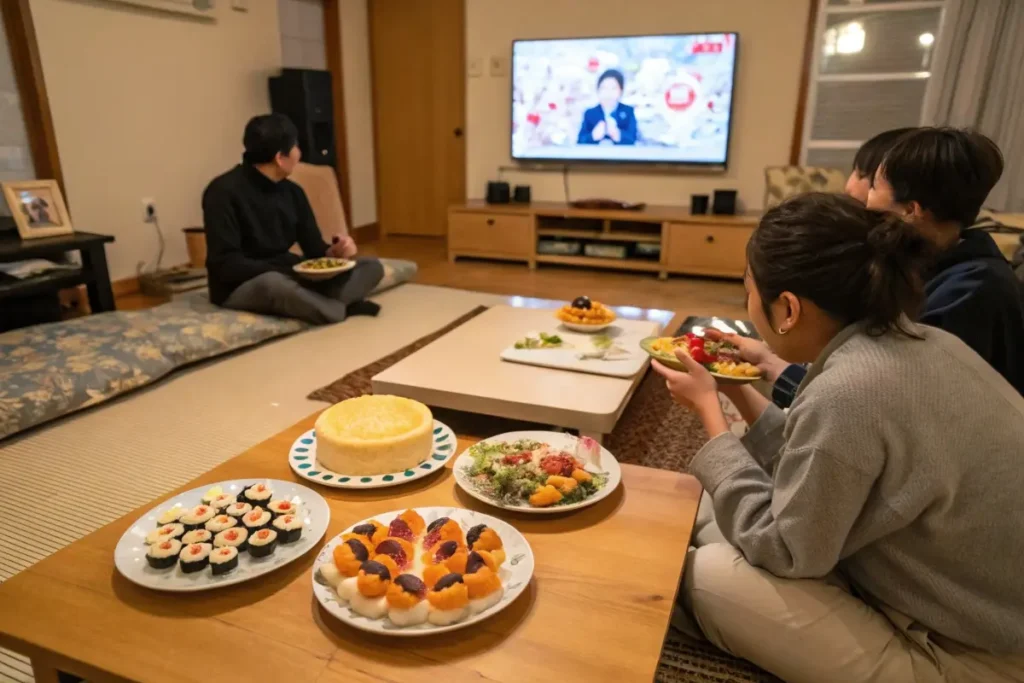
5. FAQs about ‘ Do the Japanese Eat Special Food on emperor’s Birthday ? ‘
Below are answers to some commonly asked questions surrounding do the japanese eat special food on emperor’s birthday, reflecting curiosity about traditions, dining practices, and historical nuances.
- What do Japanese do on Emperor’s birthday?
On this national holiday, the public can visit the Imperial Palace, greeting the Emperor during a brief appearance. The Emperor delivers a short address, and attendees often wave Japanese flags. Beyond that, many people simply enjoy a day off, watch media coverage, or reflect on the monarchy’s role. - What do Japanese people eat on their birthday?
While there’s no standard, Western-style cakes (often strawberry shortcake) are popular for individual birthdays. This custom doesn’t directly translate to the Emperor’s Birthday, which doesn’t have an official celebratory dish. - What does the Japanese Emperor eat?
The Emperor’s diet isn’t widely publicized in detail, but generally, it’s balanced, leaning on traditional washoku (rice, fish, vegetables). For special events, premium ingredients like wagyu or seasonal seafood might appear. However, such details remain largely private. - What is the Japanese birthday rice?
Some families serve red bean rice (sekihan) on personal birthdays or achievements. It’s sticky rice cooked with adzuki beans, giving a reddish hue. While this isn’t specifically tied to the Emperor’s Birthday, it can be used to mark joyous occasions. - Is there an official dish for the Emperor’s Birthday?
No. The holiday focuses on the Emperor’s public greeting and an official reception for dignitaries. While some banquet may occur in the Imperial Household, details are private, and no single dish is recognized as the tradition. - Do any restaurants offer special menus on that day?
Some high-end establishments or hotels may create Emperor’s Birthday-themed menus or promotions, but it’s neither widespread nor standardized. Most people treat the day as an ordinary holiday in culinary terms. - Is it rude not to celebrate?
Not at all. Many simply take advantage of the day off. Observances revolve around the Emperor’s appearance rather than communal feasting. Respect and well-wishes are conveyed through attendance or watching broadcasts, not necessarily through a meal.
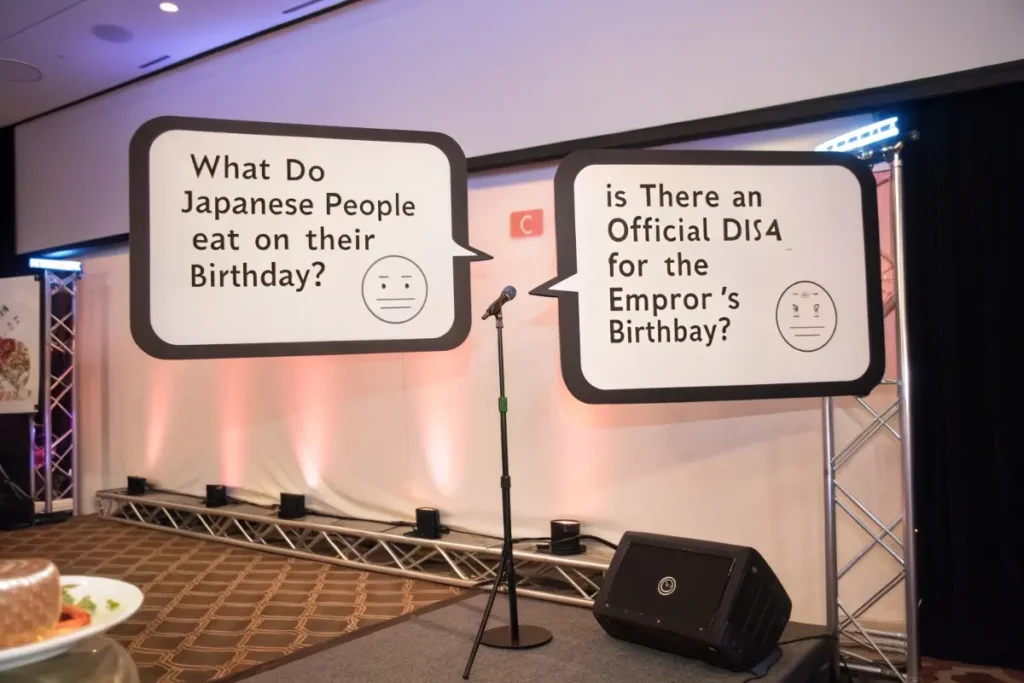
Conclusion
While do the japanese eat special food on emperor’s birthday prompts a natural curiosity, the essence of this national holiday lies more in ceremony and symbolism than in feasting. Japanese citizens have a day off to admire the Emperor’s address at the Imperial Palace or to spend time with family. No official culinary tradition has emerged specifically for this occasion, unlike the well-defined meals for New Year’s or other cultural festivals. Instead, individuals who wish to mark the date might enjoy a comfortingly familiar dish—anything from sushi and miso soup to a simple Western-style birthday cake.
For those curious about weaving a light celebratory meal into their Emperor’s Birthday plans, consider exploring our Discover Japanese Recipes for wide-ranging inspiration, including both modern and traditional fare. Ultimately, how you commemorate this day is up to you—whether it’s a quiet reflection, a day trip to the palace grounds, or a modest home-cooked spread. Remember, the focal point is the Emperor’s public greeting and the collective well-wishes for his reign, allowing full culinary freedom for anyone who chooses to dine in honor of the Emperor’s birthday.
